ARS ELECTRONICA ARCHIVE – AI LAB
Das European ARTificial Intelligence Lab (AI Lab) ist ein Nachfolgeprojekt des European Digital Art and Science Network, einer kreativen Zusammenarbeit zwischen wissenschaftlichen Institutionen, Ars Electronica und Kulturpartnern in ganz Europa, die Wissenschaft und digitale Kunst vereint. Das European ARTificial Intelligence Lab knüpft daran an und thematisiert Visionen, Erwartungen und Befürchtungen, die wir mit künstlicher Intelligenz verbinden. Das Konsortium besteht aus 13 Kulturinstitutionen aus Europa mit Ars Electronica als Koordinator. Dieses Online Archiv bietet eine Übersicht über alle Aktivitäten, die während der Laufzeit des Projekts von 2018 bis 2021 durchgeführt wurden. Zudem liefert es Informationen zum Netzwerk an sich, zu den Residency Künstlern und Jurys sowie zu den beteiligten Projektpartnern. Das AI Lab wird kofinanziert durch das EU-Programm „Creative Europe (2014-2020)“ sowie durch das Bundesministerium für Kunst, Kultur, öffentlichen Dienst und Sport.
Understanding AI Exhibition at Ars Electronica Center
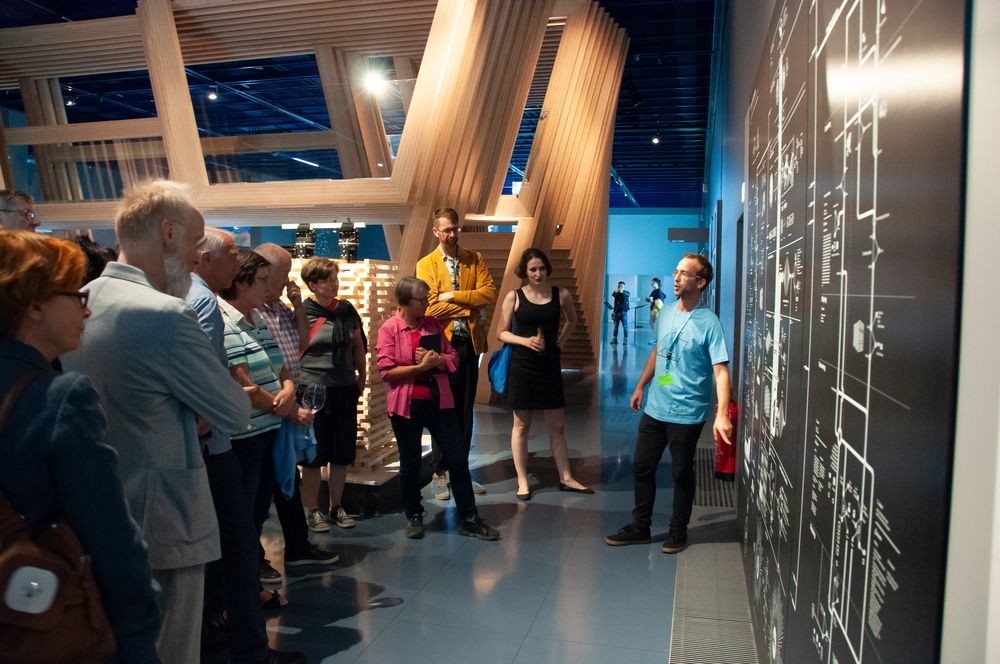
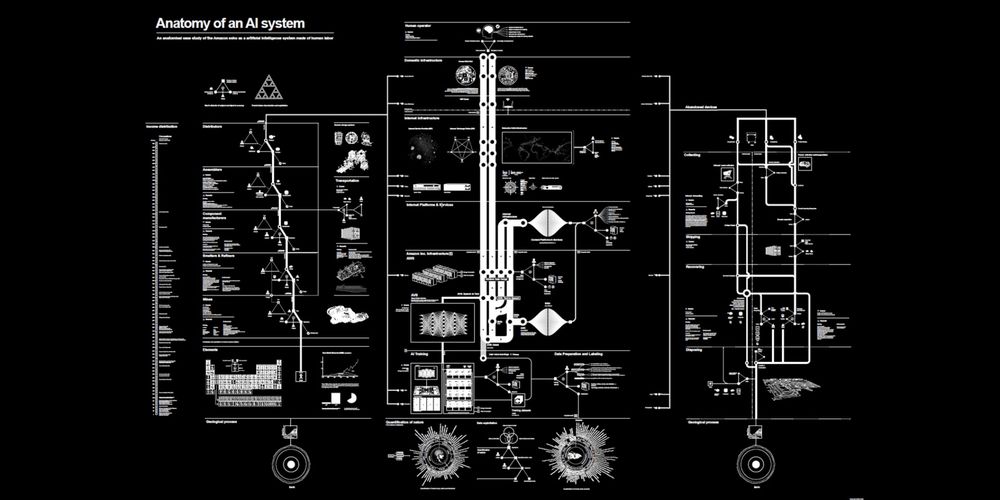
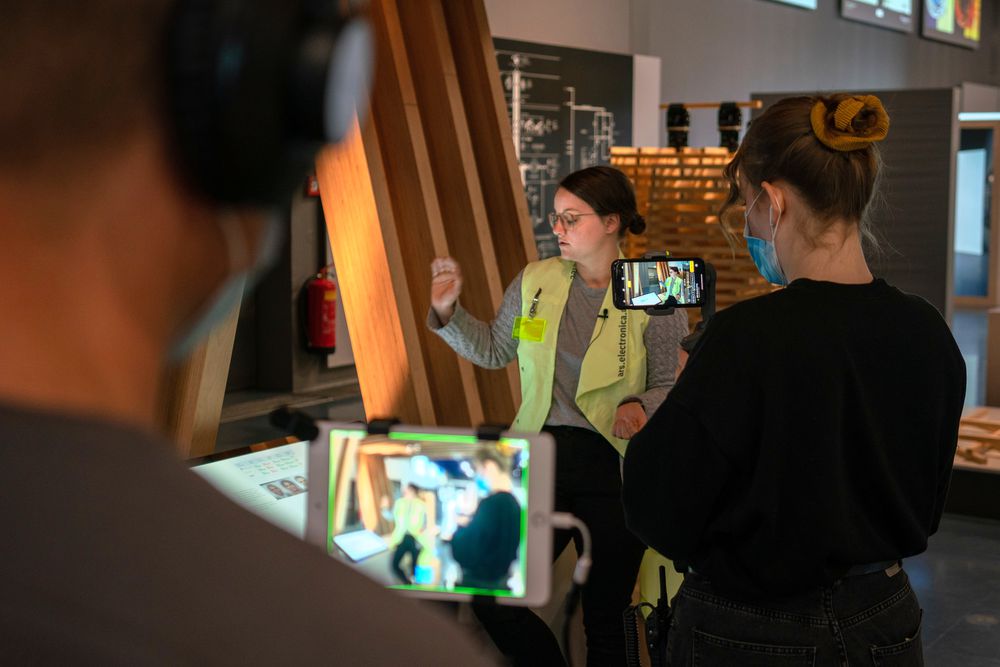
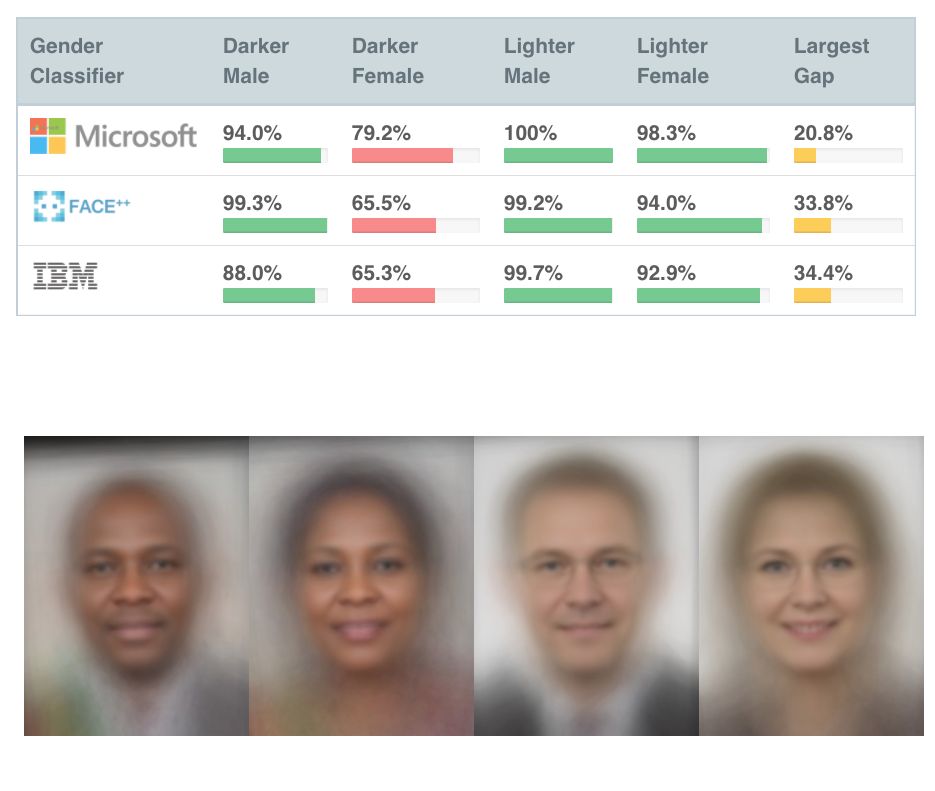
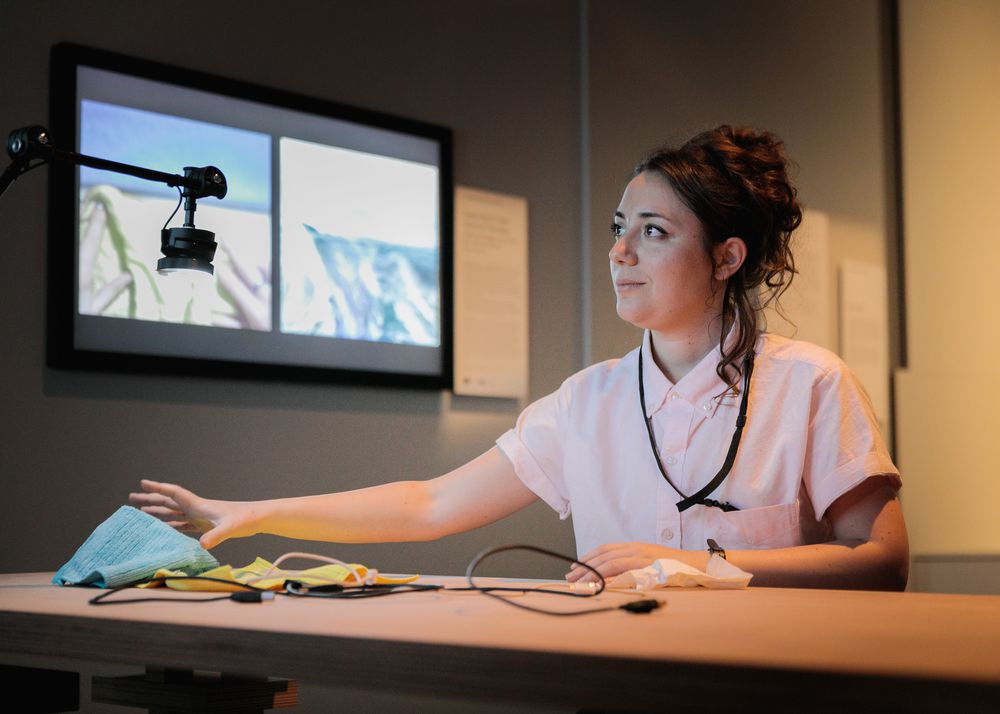
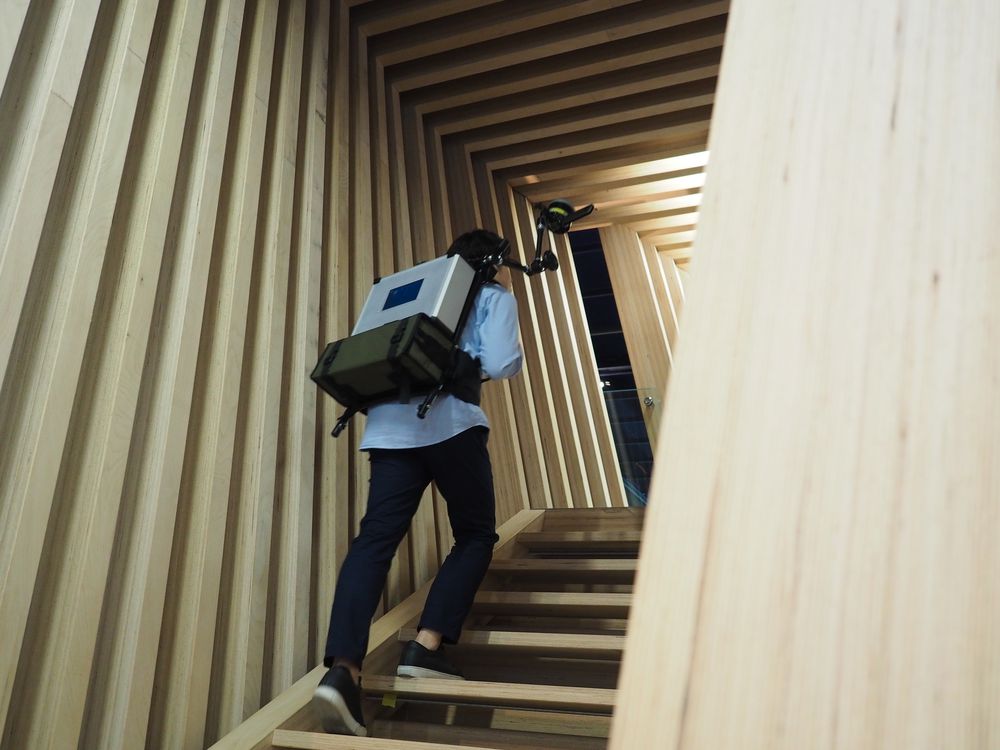
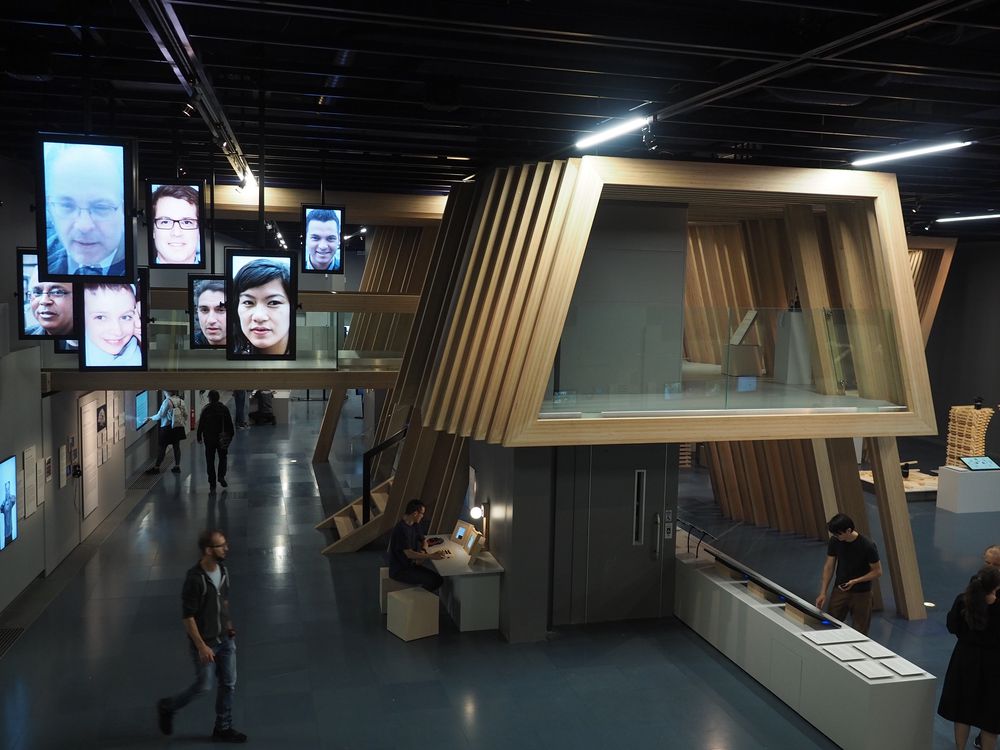
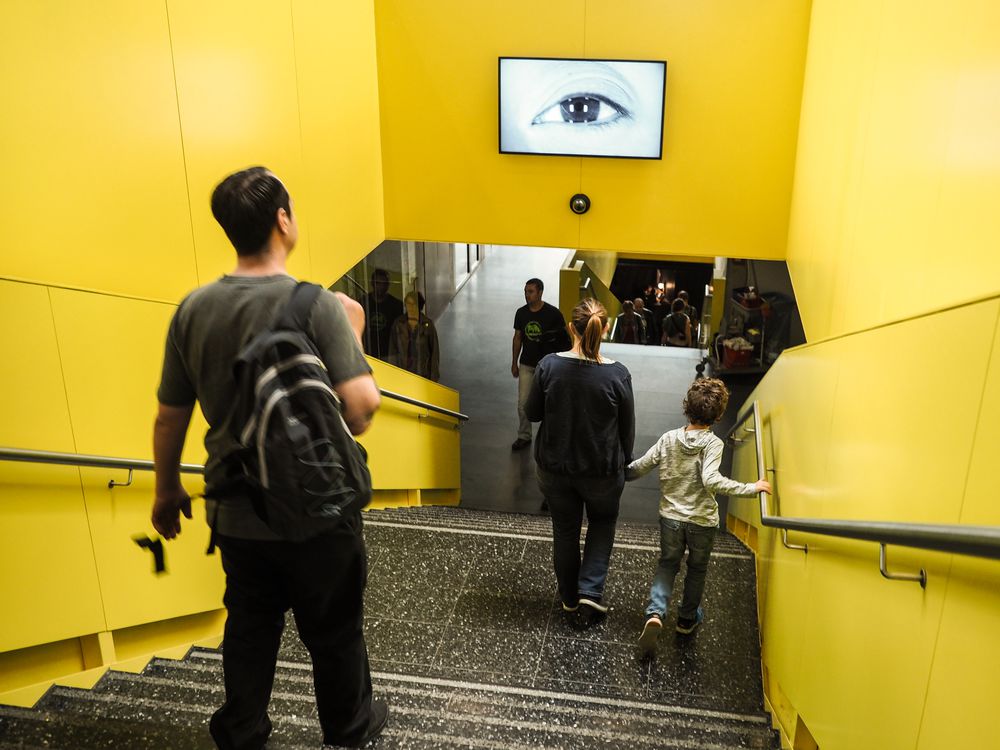
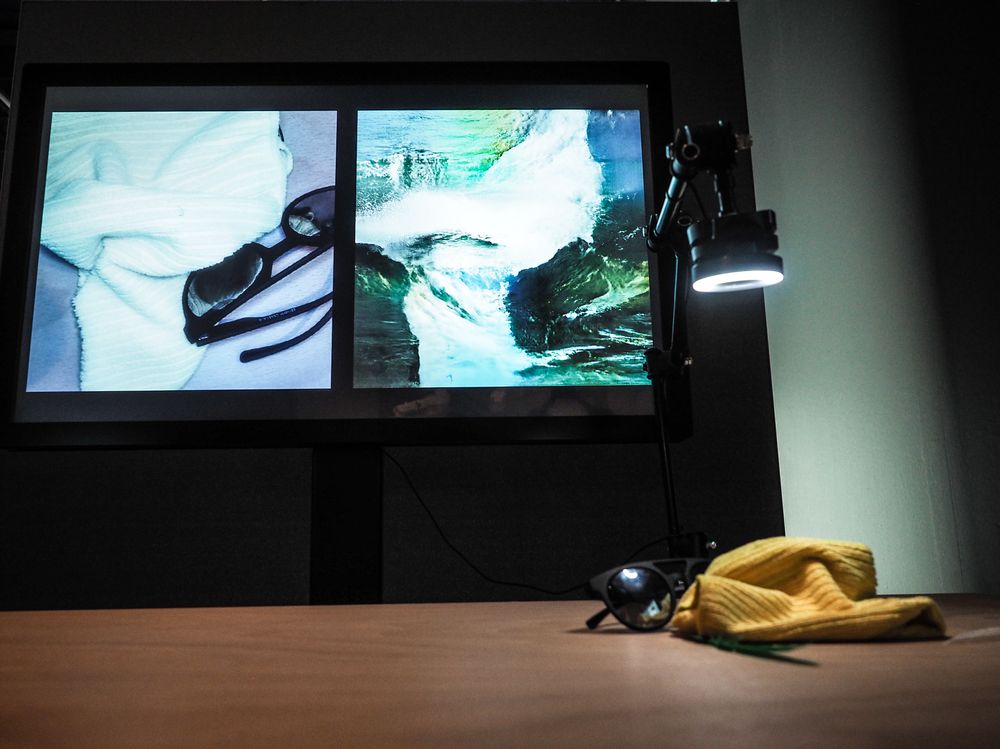
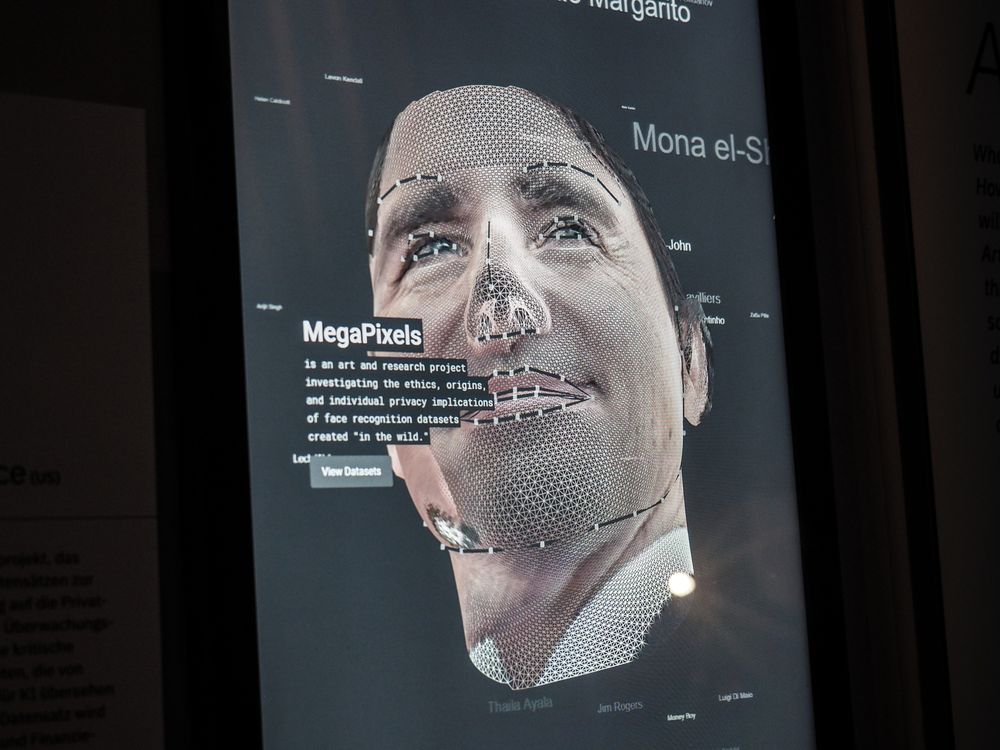
Exhibition
Ars Electronica Center, Linz (AI)
27.05.2019 - ongoing
vom European ARTificial Intelligence Lab kommende ausgestellte Projekte:
Anatomy of an AI – Vladan Joler (RS), Kate Crawford (AU)
Gender Shades – Joy Buolamwini (US), Timnit Gebru (ETH)
Learning to See: Gloomy Sunday – Memo Akten (TR)
MegaPixels – Adam Harvey (US), Jules LaPlace (US)
Volumetric Data Collector – Hyun Parke (KR/US), Jinoon Choi (KR), Sookyun Yang (KR)
What a Ghost Dreams Of – h.o (INT)
AE Blog, 06.08.2019: https://ars.electronica.art/aeblog/en/2019/08/06/understanding-ai-futurelab-installations/
Vladan Joler (RS), Kate Crawford (AU)
Im 21. Jahrhundert sehen wir eine neue Form des Rohstoffabbaus, der tief in die Biosphäre eindringt. KI-Technologien, deren Herstellung dadurch ermöglicht wird, greifen nachhaltig in die kognitiven und affektiven Schichten des menschlichen Wesens ein. Die Ressourcen für die Produktion von Systemen wie Amazon Echo, einem sprachgesteuerten, internetbasierten persönlichen Assistenten, gehen über die technischen Aspekte der Datenmodellierung, Hardware, Server und Netzwerke hinaus und reichen viel weiter in die Bereiche Arbeit, Kapital und Natur hinein. Die wahren Kosten – soziale, ökologische, wirtschaftliche und politische – bleiben zumeist verborgen. Anatomy of an AI zeigt am Beispiel von Amazon Echo die unzähligen Komponenten und Faktoren, die hinter der Produktion von künstlich intelligenten Systemen stecken. Dieser Prozess ist jedoch so komplex, dass er derzeit in seinem vollständigen Ausmaß kaum zu verstehen ist.
Authors: Kate Crawford and Vladan Joler
Maps and design: Vladan Joler and Kate Crawford
Published by: SHARE Lab, SHARE Foundation and The AI Now Institute, NYU
https://anatomyof.ai/
-
Gender Shades
Joy Buolamwini, Timnit Gebru
Joy Buolamwini und Timnit Gebru untersuchten die Voreingenommenheit von KI-Programmen in der Gesichtserkennung. Die Studie besagt, dass populäre Anwendungen bereits in der Programmierung eine klare Diskriminierung hinsichtlich des Geschlechts oder der Hautfarbe von Menschen aufweisen. Ein weiterer Grund für unfaire Ergebnisse liegt in fehlerhaften oder inkompletten Datensätzen, mit denen die Programme trainiert werden. Dies kann etwa bei medizinischen Anwendungen ein Problem sein: Bereits einfache Convolutional Neural Nets – künstliche neuronale Netzwerke – sind fähig, auf Bildern Melanoma (bösartige Hautveränderungen) genauso gut zu erkennen wie ExpertInnen. Informationen über die Hautfarbe sind dabei äußerst wichtig. Die beiden Forscherinnen haben daraufhin einen neuen Benchmark-Datensatz, also neue Vergleichsmaßstäbe erstellt. Er beinhaltet die Daten von 1.270 ParlamentarierInnen dreier afrikanischer und dreier europäischer Länder. Buolamwini und Gebru haben damit den ersten Trainingsdatensatz geschaffen, der alle Hautfarbentypen beinhaltet und gleichzeitig die gesichtsbasierte Geschlechtserkennung testen kann.
-
Learning to See: Gloomy Sunday
Memo Akten (TR)
„We see things not as they are, but as we are“
Learning to See ist eine fortlaufende Reihe von Arbeiten, die modernste Algorithmen des Machine Learning verwenden, um darüber zu reflektieren, wie wir die Welt verstehen. Was Menschen sehen ist eine Rekonstruktion, die auf unseren Erwartungen und früheren Überzeugungen basiert. Learning to See ist ein künstliches neuronales Netzwerk, das lose am menschlichen visuellen Kortex (der Hirnrinde) inspiriert ist, blickt durch Kameras und versucht zudem, das Gesehene zu verstehen. Natürlich kann es nur sehen, was es bereits weiß. Genau wie wir. Die Arbeit ist Teil einer breiteren Forschungslinie über die Schwierigkeit, die Welt aus der Sicht anderer zu betrachten. Learning to See: Gloomy Sunday ist ein Video und eine interaktive Installation, bei der die Aufnahmen einer Livekamera, die auf einen mit Objekten bedeckten Tisch gerichtet ist, von einer Reihe neuronaler Netzwerke, die mit verschiedenen Datensätzen (Ozean, Feuer, Wolken und Blumen) trainiert wurden, analysiert werden.
-
MegaPixels
Adam Harvey (US), Jules LaPlace (US)
MegaPixels ist ein unabhängiges Kunst- und Forschungsprojekt, das die Herkunft und die individuellen Auswirkungen von Datensätzen zur Bilderkennung sowie damit verbunden die Ethik in Bezug auf die Privatsphäre und ihre Rolle bei der Erweiterung biometrischer Überwachungstechnologien untersucht. Das Projekt zielt darauf ab, eine kritische Perspektive auf Machine Learning-Bilddatensätze zu bieten, die von akademischen und industriell finanzierten Think-Tanks für KI übersehen werden könnten. Jeder auf dieser Website präsentierte Datensatz wird einer gründlichen Überprüfung seiner Bilder, Absichten und Finanzierungsquellen unterzogen.
Credits: megapixels.cc
-
Volumetric Data Collector
Hyun Parke (KR/US), Jinoon Choi (KR), Sookyun Yang (KR)
Volumetric Data Collector basiert auf der Idee, einen LiDAR-Sensor – einen häufi g in autonomen Fahrzeugen eingesetzten 3D-Lasersensor – als erweitertes Sinnesorgan des menschlichen Körpers zu verwenden. Das Entwicklerteam verpackte einen LiDAR-Sensor, einen Display- Monitor als visuellen Output sowie Zubehörgeräte in eine tragbare Einheit. Das Gerät kann damit eine 3D-Punktwolke der Umgebung der jeweiligen TrägerInnen erfassen, die in visuelle Daten übersetzt wird. Die Seoul-LiDARs sammelten zum Beispiel dreidimensionale Rauminformationen von historischen Orten in Seoul, Südkorea. Ziel ist es, durch die technische Erweiterung der menschlichen Sinne zu untersuchen, wie Räume – zum Beispiel städtische Umgebungen – anders defi niert oder wahrgenommen werden können. BesucherInnen können hier vor Ort selbst mit einer tragbaren LiDAR-Einheit experimentieren.
Credits: Sookyun Yang (KR), Jinoon Choi (KR), Hyun Parke (KR/US)
With support from ZER01NE, Seoul LiDARs
-
What a Ghost Dreams Of
h.o (INT)
Was ist ein „Geist“? In der Regel wird er als innere „Seele“ und mysteriöse äußere Erscheinung verstanden. What a Ghost Dreams Of setzt sich mit einem neuen „Geist“ unserer Zeit auseinander: die digitale Überwachung in unserer Gesellschaft. Hier in der Main Gallery werden die BesucherInnen, wenn sie eintreten, von einem großen „Auge“ betrachtet. Alle, die vorbeigehen, werden per Computer Vision direkt in einen „Geist“ eingespeist, der neue digitale Gesichter von Menschen erzeugt, die es in der realen Welt nicht gibt. Was projizieren wir Menschen in das digitale Gegenüber, das wir mit KI erzeugen? Sie lernt unsere Welt ohne Vorkenntnisse kennen und generiert Daten, die es nie gab. Was sind die Auswirkungen der Verwendung von KI bei der Erstellung von Kunstwerken? Wer besitzt das Urheberrecht? Und wovon träumt die KI, der „Geist“, und was bedeutet das für uns als Menschen?
-
AI System: John Brumley
Surveillance Application: Hiroshi Chigira
Technical Direction: Hiroshi Chigira, John Brumley, Taizo Zushi
Art Direction, Concept: Hideaki Ogawa, John Brumley, Hiroshi
Chigira, Emiko Ogawa, Taizo Zushi
Eye Blinks Editing / Directing: Martina Sochor
Eye Blinks Cinematography: Jonatan Salgado Romero
Eye Blinks Model: Andressa Miyazato
Photography: Florian Voggeneder
Face Photo Booth: Ali Nikrang
This project utilizes the AI algorithm StyleGAN (Karras et al. 2018)
About h.o: www.howeb.org/about
Künstliche Intelligenz bietet reichlich Raum für Spekulationen über die Zukunft. Sicher ist, dass diese Technologie unseren Alltag schon jetzt tiefgreifend verändert hat und weiter verändern wird. Längst unterstützen uns Algorithmen in den unterschiedlichsten Bereichen wie autonomes Fahren, Sicherheitstechnik, Marketing oder in sozialen Medien. Sogar zur Erzeugung von Kunstwerken wird die künstliche Intelligenz verwendet. Aber wie viele unserer Aufgaben wollen wir an Maschinen auslagern? Keine andere Entwicklung stellt uns derzeit so deutlich die Frage, wie wir unsere technischen Mittel im gesellschaftlichen Kontext einsetzen wollen.
Der gesellschaftliche Wandel durch die künstliche Intelligenz ist bereits im vollen Gange. Um sich darin orientieren zu können, ist ein Grundverständnis für diese Technologie notwendig. In Understanding AI sind sowohl die wichtigsten technischen Aspekte der künstlichen Intelligenz als auch konkrete Beispiele ihrer Anwendung versammelt. Zu entdecken ist unter anderem, wie Maschinen und ihre Sensoren die Welt im Vergleich zum Menschen „wahrnehmen“, was maschinelles Lernen ist oder wie automatische Gesichtserkennung funktioniert. Verschiedene soziale und ethische Gesichtspunkte wie etwa Deepfake (dabei werden mit Hilfe neuronaler Netze täuschend echt wirkende Bilder oder Videos automatisiert erzeugt), die Auswirkungen von Profiling durch digitale Methoden und die verborgenen Seiten unserer alltäglichen elektronischen Geräte wie Smartphones werden ebenfalls beleuchtet. Auch neue kreative Anwendungsmöglichkeiten, die durch künstliche Intelligenz entstehen, werden gezeigt und für BesucherInnen erfahrbar gemacht. Allgemeingültige Antworten über den Nutzen oder die Gefahren der künstlichen Intelligenz gibt es nicht, Understanding AI bietet aber eine breite Basis an Informationen, die uns dabei helfen, durch dieses komplexe Feld zu navigieren.


